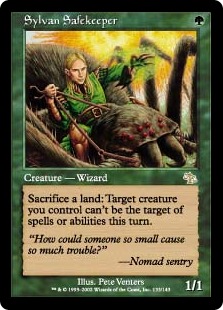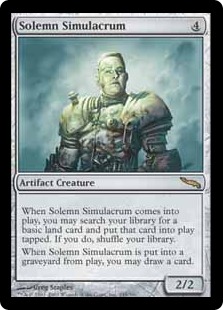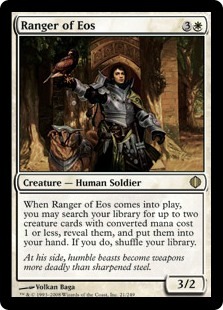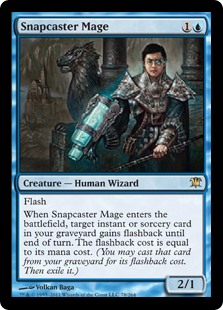In 1997, Magic: The Gathering was growing to new heights. In just four years it had become a worldwide phenomenon and all signs pointed to it not stopping.
In 1997, Magic: The Gathering was growing to new heights. In just four years it had become a worldwide phenomenon and all signs pointed to it not stopping.
While there were already a number of tournaments out there, going so far as to have some broadcast on ESPN 2, none included that randomness that often filled Magic games. You know, the ones with unusual rules or formats that were completely out of the box. Also missing were those discussions of cool cards they’d like to see. So, that year, Mark Rosewater decided to gather up some of the best players and make a tournament that was less ‘traditional tourney’ and more ‘playing with friends in a basement with a half-Calvinball sort of mentality’.
Originally called Duelist Invitational, the Magic Invitational Tournament came to be as Rosewater’s personal baby project. Essentially, every year Wizards of the Coast gathered it’s star pro Magic players and set them loose in a round-robin where everyone plays each other styled tournament. While the games bounced from format to format, every player would suggest cards.
By the time there was a winner, they would get to design such a card, albeit with Magic R&D also working on it with them. Or, if the card couldn’t be salvaged, making it into something completely different themselves. But the best part was that the winning player would actually become part of the game by having their likeness be Magic-artist-ized into the card that either they or Magic R&D came up with.
In its first year it actually hit a snag. The tournament winner, Olle Rade, left the game before his card could be made, thus having to have the first real player-included card wait until 1998. But then in 2001 Rade came back into professional Magic and asked for his card. Wizards of the Coast obliged (kind of).
Since Rade now had a shaven head, they only agreed that he could be in the card if they gave him long blonde hair as originally planned. He accepted, and although four years too late, Sylvan Safekeeper appeared with what looks like Rade in a wig.
How closely the likeness was followed depended on the year. In 2002, winner Jens Thoren became an uncannily similar Solemn Simulacrum.
Other years the face was so small that it could be hard to tell, such as 2006 winner Antoine Ruel appearing in the Shards of Alara card Ranger of Eos.
However, after Tiago Chan’s win in the 2007 tournament and the subsequent Snapcaster Mage card the tournament itself was finished.
Despite being popular, the tournament had several internal and external issues.
According to Mark Rosewater, ”It was a bunch of things. Money was a factor, but the event actually wasn’t that expensive to run in the big scope of things. The biggest problem was the people at Wizards (the ones making the decisions about events) at the time didn’t really get the event. They didn’t understand why the players enjoyed it.”
While the tournament and it’s wacky formats and cards that winners could be in are now a thing of the past, card reissues and the occasional odd tournament format change keeps the Invitational Tournament spirit alive in Magic and continues to give hope to newer players that one day they too may draw a card to defeat their opponent that is themselves in Magic creature form.













